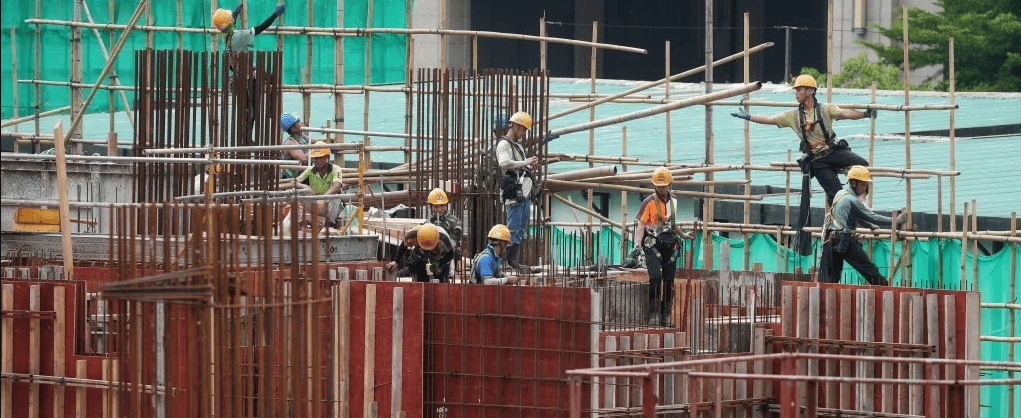
Construction labor in Hong Kong is a critical sector due to the city's continuous infrastructure development, high-rise buildings, and urban renewal projects. Here’s an overview of key aspects related to construction labor in Hong Kong:
1. Demand for Construction Workers
- Hong Kong has a high demand for skilled and unskilled construction workers due to:
- Large-scale infrastructure projects (e.g., Hong Kong International Airport expansion, MTR extensions, Northern Metropolis Development).
- Public housing projects (government aims to build 300,000+ public housing units in the next decade).
- Private sector developments (commercial and residential high-rises).
- The industry faces labor shortages, especially for skilled trades like carpenters, steel fixers, and welders.
2. Wages and Working Conditions
- High wages compared to other industries due to labor shortages and dangerous working conditions.
- Skilled workers (e.g., bar benders, formwork carpenters) can earn HK$1,500–HK$2,500 per day.
- General laborers earn around HK$800–HK$1,500 per day.
- Long working hours (typically 9–10 hours/day, sometimes overtime).
- Challenging conditions (outdoor work, high-altitude risks, tight deadlines).
3. Foreign Workers in Hong Kong’s Construction Sector
- Due to local labor shortages, Hong Kong relies on imported workers from:
- Mainland China (under the Supplementary Labour Scheme).
- Southeast Asia (Philippines, Indonesia, Nepal).
- Controversy: Some unions oppose foreign labor, fearing wage suppression and job competition.
4. Safety Concerns
- Hong Kong has strict safety regulations, but accidents still occur due to:
- High-rise construction risks (falling objects, scaffolding collapses).
- Pressure to meet deadlines leading to safety shortcuts.
- The Construction Industry Council (CIC) and Labour Department enforce safety training (e.g., "Green Card" certification for workers).
5. Training and Qualifications
- Hong Kong Construction Industry Council (CIC) provides training programs.
- Skills recognition: Workers need certifications for specialized roles (e.g., crane operators, electricians).
- Apprenticeship schemes to attract young workers.
6. Future Trends
- Modular Integrated Construction (MiC) – Prefabrication to reduce on-site labor needs.
- More foreign labor imports to address shortages.
- Increased automation (drones, robotics) to improve efficiency.
Challenges
- Aging workforce – Fewer young locals entering the industry.
- High costs – Labor and material costs drive up construction expenses.
- Public opposition to foreign labor and large-scale projects.
Conclusion
Construction labor in Hong Kong remains in high demand, with good wages but tough working conditions. The industry relies on foreign workers and faces challenges in safety, labor supply, and cost control. Government and private sector initiatives aim to modernize construction methods to ease labor pressures.
